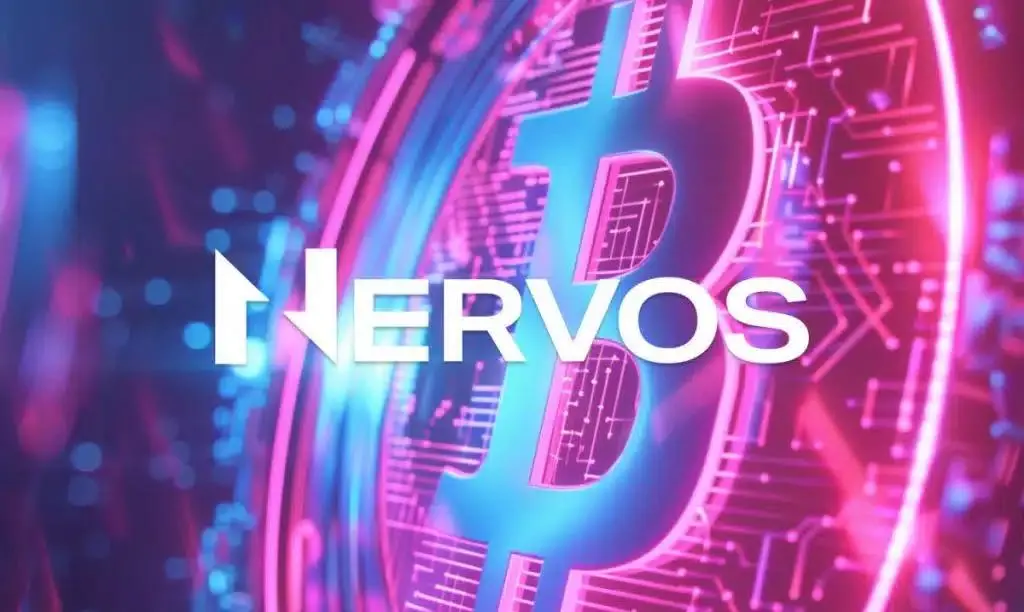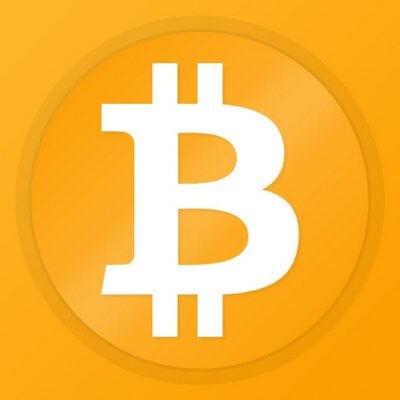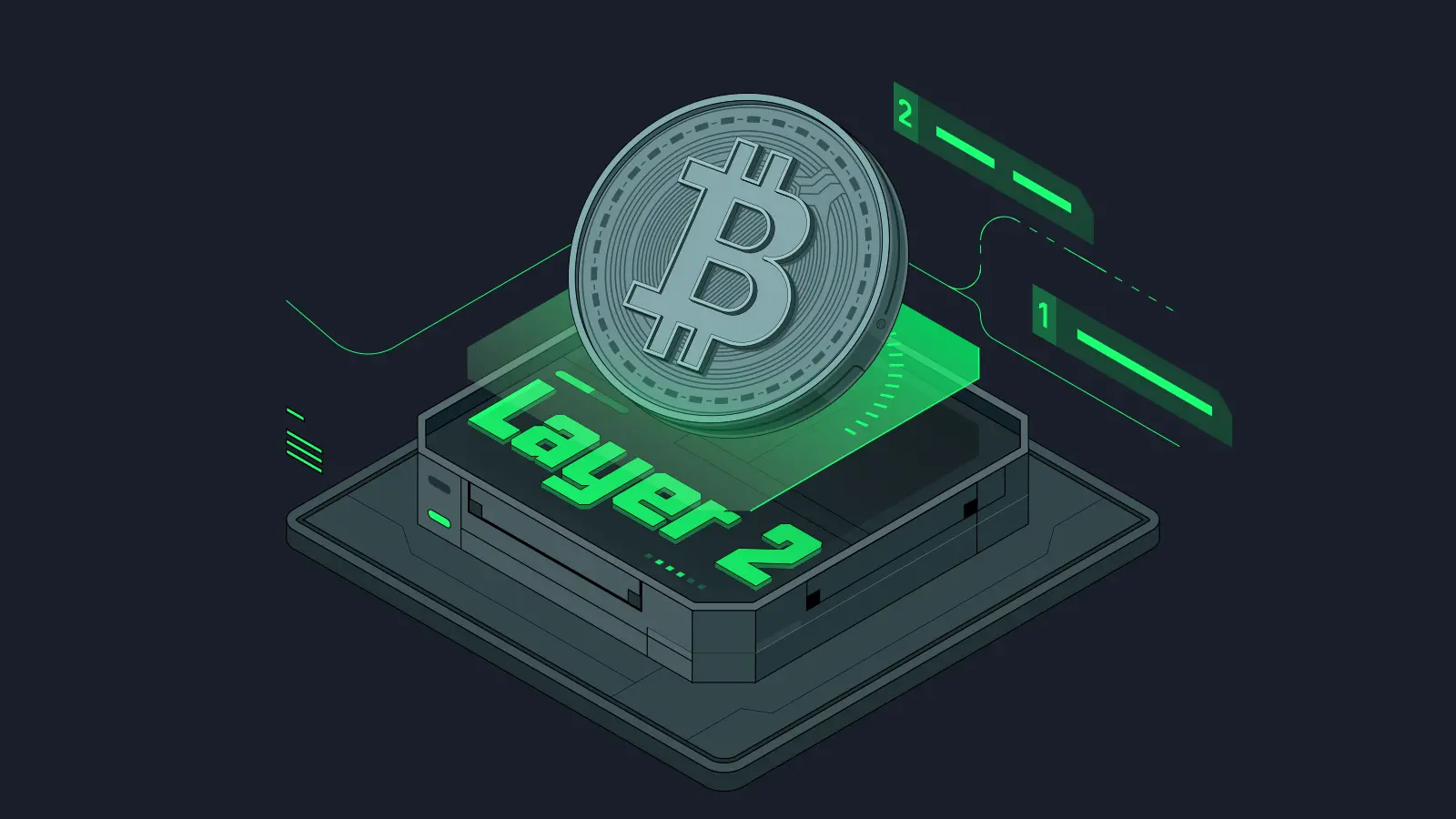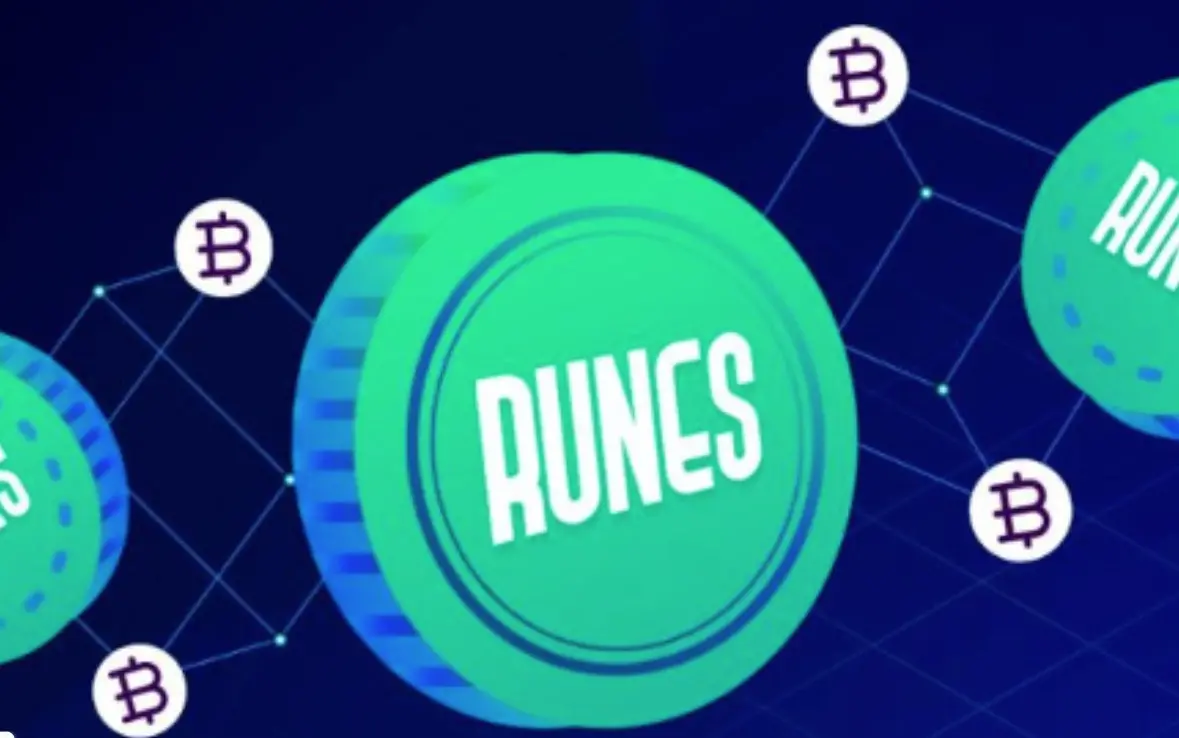Exclusive Interview with RGB++ Protocol Founder Cipher: BTC L2 Will Experience a Surge Within 3 to 6 Months After the Halving, How to Play with DOBs Digital Assets?
*Author: Weilin, * PANews

The first product of CKB, RGB++, was proposed in February and launched in April, taking less than two months. Currently, ecosystem builders can issue RGB++ assets on the Bitcoin mainnet, reigniting the wave of asset issuance.
On April 16, the DEX HueHub Fair Launch platform on RGB officially went live, marking the first fair launch platform for RGB++ assets. During this period, the launch of $Seal and $Otter brought significant attention to the market. On April 18, according to an official announcement, Binance Pool has launched mining services for Nervos Network (CKB). The multi-chain composable digital objects (DOBs) Nervape will also be launched based on the RGB++ protocol issued on Bitcoin.
RGB++ is an extension protocol based on RGB that uses one-time seals and client verification technology to manage state changes and transaction validation. It maps Bitcoin UTXOs to Cells on Nervos CKB through homomorphic binding and uses script constraints on both the CKB and Bitcoin chains to verify the correctness of state calculations and the validity of ownership changes. It brings Turing-complete contract extensions and performance enhancements to Bitcoin without cross-chain operations and without compromising security.
Recently, PANews interviewed Cipher, the founder of the RGB++ protocol. He stated that RGB++ has now implemented the core functions that the protocol aims to cover and is currently focusing on UTXO Stack, which addresses scalability based on the programmability provided by RGB++. Meanwhile, digital objects (DOBs) will soon unveil their worldview, and there will be upper-layer applications that will bring these digital objects to life. Additionally, promoting L2 development, the real key lies in the L1 asset protocol.
Below is the full text of this conversation, slightly edited.
PANews: RGB++ has many innovations compared to the RGB protocol. What is the latest technical progress of RGB++?
Cipher: We launched the mainnet in early April, and since then, surrounding tools, wallets, and browsers have been updated very frequently, with various feature modifications and updates. We have now implemented the main core functions that the RGB++ protocol aims to cover, including the issuance and transfer of fungible and non-fungible assets, as well as leap, which allows jumping from layer 1 to layer 2 and vice versa. Our SDK has also implemented this, and our wallet will soon be ready by the end of the month. The protocol itself also includes a lightweight Bitcoin client on CKB, which has also been realized.
What is still lacking are examples for developers, such as how to deploy a new contract, what kind of contract to deploy, and how to run it. These actually require a lot of support work from developers, documentation work, and standardized standards.
PANews: Recently, assets like Seal and Otter in the RGB++ ecosystem have attracted users to mint and pay attention. Does this align with the expectations of the CKB team? What assets will be launched in the future?
Cipher: RGB++ is a completely open protocol. What is more important is to bring programmability to the Bitcoin world. We are also working on a financing project called UTXO Stack, which addresses scalability based on the programmability provided by RGB++. So the emergence of certain assets and their popularity is somewhat beyond our expectations. There are many third-party platforms in the community, including HueHub, which are engaged in operations, promotions, and asset issuance on the asset protocol. I think the benefit of an open protocol is that everyone plays their part.
PANews: Compared to BRC-20 assets, there are currently not many RGB++ assets. Is this because the threshold for RGB++ is relatively high?
Cipher: The threshold is not too high. Through the RGB++ Launchpad HueHub, users can issue an asset with just a click of the mouse. So there is no significant threshold. So far, the asset gameplay on RGB++ is not much different from BRC20; both are fair launches, and the trades are all meme coins. The real potential of RGB++ lies in its ability to bring programmability to the upper layer, so we actually pay more attention to how some application parties utilize the advantages of RGB++ directly on Bitcoin L1, combining previously issued assets or new gameplay and business models of their own newly issued assets.
PANews: The upcoming AMM, lending, and algorithmic stablecoin projects on RGB++ will be different from inscriptions. Can you reveal more details?
Cipher: The AMM is the fastest and is already more than halfway done; lending and algorithmic stablecoins may take a bit longer. The difference from inscriptions is quite significant. Traditional inscription projects cannot perform smart contracts on L2.
So if you want to do AMM, lending, or algorithmic stablecoins, you either have to do it in a centralized manner or cross-chain it to an EVM L2. However, we are directly using the Leap method, transferring to L2 in a UTXO-native way. Once completed, it can be transferred back at any time, so the user experience and development process are quite different. However, the business models are similar; AMM is what everyone envisions as AMM, lending is what everyone envisions as lending, and algorithmic stability is the same, but it is more native, with wallets and gas fees being in Bitcoin.
PANews: How can CKB better help developers interested in RGB++ participate in ecosystem building?
Cipher: Our Eco Fund is responsible for this area. The foundation will provide a significant investment to the Eco Fund, which will make strategic investments and organize Hackathons, etc. Technical support documentation for developers will also be provided by the Eco Fund.
PANews: The RGB++ community is currently very active. How will the project team expand its reach and further enhance community and overseas influence?
Cipher: One aspect is the technical route. Those who truly understand RGB++ generally recognize our technical path. The security and philosophy of the entire solution are well acknowledged and elegant. Many of our first-round investors have overseas backgrounds, which can help introduce us to overseas investors or communities.
Another layer is through our own community, using meme coins within our community to let the outside world learn about us. In fact, there are only a few tracks. RGB++ or UTXO Stack is doing a native expansion solution, and in this track, we are basically the only or at least one of the leading project parties. I believe we don't need to worry too much about breaking out of our circle. With Bitcoin's increasing market share and stronger consensus, we will also receive more attention.

PANews: CKB has previously stated that it hopes to connect RGB++ with the Lightning Network by the end of the year. The Lightning Network will be the main battlefield for CKB's long-term efforts. Can you briefly introduce the current cooperation situation?
Cipher: In the past, the Lightning Network could only be used on Bitcoin and was only for paying BTC. However, in daily life, no one uses BTC for payments; the applications are not that widespread. We plan to develop products or infrastructure in May and June this year that can support RGB++ assets. RGB++ assets can issue any tokens, and if the token happens to be a stablecoin, it can be transmitted efficiently within the Lightning Network. This will truly disrupt the payment system, technically, in terms of popularity, openness, and adaptability, surpassing existing systems like WeChat, Alipay, Visa, and PayPal.
I believe this is not something that CKB or any single company can achieve. What we can do is provide the underlying architectural infrastructure, but it still requires asset issuers, payment system operators, and possibly even payment licenses in some areas. However, we are solving the most core foundational and technical issues.
PANews: The Runes protocol in the BTC ecosystem is also very popular right now. What are the differences and advantages of RGB++ compared to Runes?
Cipher: First of all, there is not much competition. Although they are all layer 1 asset protocols on Bitcoin, the overall market is quite small. I think we should work together to expand the pie.
Runes is actually a relatively good evolution of inscriptions, as it does not require two operations to inscribe an asset. In the past, you might have to commit first and then reveal, requiring two transactions, but now it directly writes using OP_RETURN, which is very straightforward. It is also based on UTXO, which aligns with RGB++. However, I think it still lacks programmability. So if RGB++'s programmability can be added, it would create a win-win situation, bringing programmability to each other while also increasing mutual visibility.
PANews: Besides RGB++, we have also noticed the recent popularity of the digital object creation protocol Spore. What is the latest progress of the Spore protocol?
Cipher: There are two relatively popular projects based on the Spore protocol: one is Unicorn, a blind box NFT, which is currently priced at around $3,000 in our secondary market. It uses the DOBs protocol and will soon unveil a worldview, which will not just be images but will assign additional meanings to it, allowing users to play games and complete tasks within that worldview. In our entire architecture, we do not refer to these assets as NFTs because NFTs only describe some of their physical attributes.
DOBs are digital objects; they are digital things and have a series of attributes we call traits. These traits are the core essence that constitutes the item. When Unicorn unveils its traits, we will soon have upper-layer applications that will assign new meanings to them, bringing these objects to life.
Another relatively hot project is called Nervape. It is also a digital object, not an NFT, and it has an image, which is a picture of an ape. This project has been rooted in the CKB community for nearly five years, existing since the first day of CKB and continuously working on the same IP. This issuance is also 100% on Bitcoin, with all metadata and image source information on Bitcoin, released using the RGB programmable layer, and its asset protocol is Spore.
We are currently connecting with many project parties, including music projects, and I believe everyone will soon see many valuable DOBs assets.
PANews: What is your view on the current development trend of the BTC Layer 2 ecosystem? When do you think its explosion point might occur? What is the key to the development of BTC Layer 2?
Cipher: The Bitcoin world is actually a wild west, where no one has absolute authority to dictate what it should be like. Therefore, I think everyone has their own views, opinions, and classifications regarding Bitcoin Layer 2. The current Bitcoin Layer 2 ecosystem is a hundred flowers blooming, with some voices being louder than others.
Our so-called innovation is how to make cross-chain bridges safer. Some say they are provided by compliant custodians, while others claim their multi-signature is random and safer, and some say their multi-signature scale is 100 while yours is 3, so they are safer. There are different competitions and positions here.
It is very likely that it will be like Ethereum back in the day. Ethereum initially discussed Layer 2 and scalability with various solutions, including Plasma and sharding, and later converged to Rollup. I believe Bitcoin is also going through this stage. I think in the second half of the year, it will gradually converge into one or two subfields, meaning real Bitcoin L2 or reliable L2. I believe that after the Bitcoin halving, the next 3 to 6 months will be the peak.
Another question is what is the key to Bitcoin Layer 2? Taking Merlin as an example, Merlin is generally considered a good benchmark for EVM L2. We share this view. Because Merlin has its own asset protocol and assets on L1, whether it's the blue box or 420, etc., this is its own asset protocol. When it needs to cross-chain to L2 for business, it will undoubtedly be its own chain.
So this leads to a very clear conclusion: what is the key to L2 development? The key is the L1 asset protocol. If you have a protocol on L1, you correspondingly have your L2. The real key lies in the L1 asset protocol.
PANews: What are the product planning and roadmap for UTXO Stack?
Cipher: We are planning to implement staking and provide liquidity around Q3 this year. This will allow us to lock in TVL in advance to provide liquidity and release rewards. By Q4, we will officially connect the first batch of partners for UTXO Stack, and our entire network will start running in Q4. The economic model is quite straightforward: users stake their Bitcoin or our UTXO tokens to provide security for these UTXO chains on Layer 2. Project parties can issue a UTXO Layer 2 with one click, which is isomorphic to Bitcoin, allowing assets to flow back and forth between Bitcoin and their own chain, and can be specifically used for AMM, games, etc. This trend is essentially a solution combining Bitcoin's OP Stack and EigenLayer.











